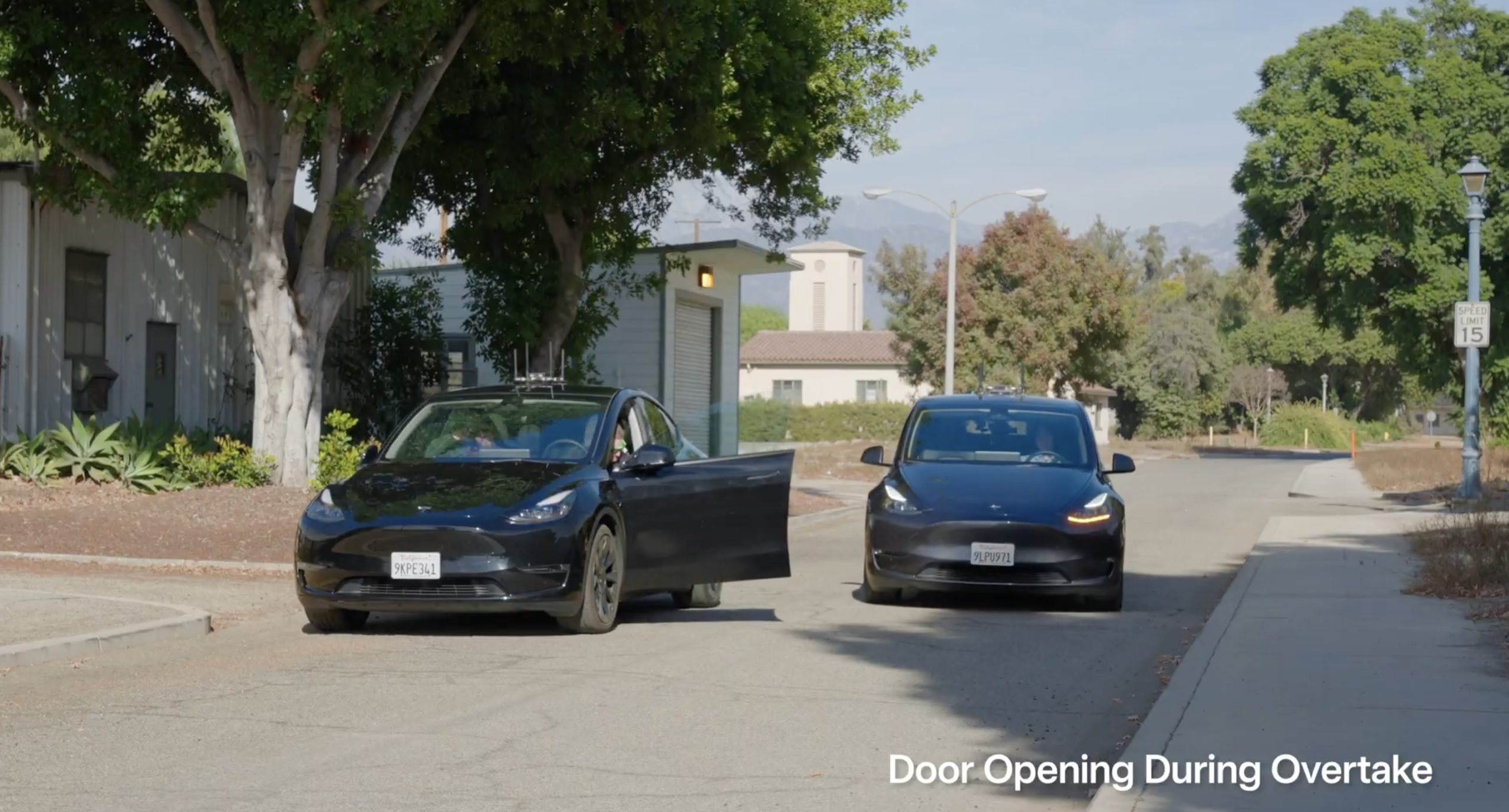WASHINGTON, DC – MAY 16: Samuel Altman, CEO of OpenAI, testifies before the Senate Judiciary … [+]
As the next administration prepares to take office — with Elon Musk at Trump’s side — OpenAI is busy touting its AI vision in Washington. On November 13, the company released an AI infrastructure blueprint designed to bolster government support for building the physical structures AI-enabled software relies on.
In promoting the blueprint, OpenAI’s head of global policy Chris Lehane said he believes the contemporary analog to “guns, germs, and steel” is “chips, data, and energy.” Lehane has not been shy about exploiting the bipartisan agreement on “beating” China: “If one thing really galvanizes DC [and] the political system, it is the imperative of making sure the US prevails over China,” he said, adding that the United States’ leadership in AI falls squarely within that consensus.
Conveniently then, from the firm’s perspective, the public and private sectors share the same goal — to shore up and deploy national resources in order to maintain America’s competitive edge in AI. OpenAI’s CEO Sam Altman has long advocated for the idea that innovation thrives in low regulation environments and has traveled extensively to make his case abroad.
Now, as Washington braces for another Trump administration, OpenAI is focused on domestic policy. As a US-based company, it will need extensive US-based infrastructure to supply the power needed for endless generations of AI applications, all of which are supposed to add up to the arrival of “Artificial General Intelligence” (AGI).
OpenAI’s infrastructure blueprint highlights projects designed to increase connectivity through a “National Transmission Highway Act” that would expand fiber connectivity and natural gas pipelines. It also emphasizes the United States’ need to develop nuclear power; China, it says, “has built as much nuclear power capacity in 10 years as the US built in 40.”
While Trump and his Cabinet nominees (like Marco Rubio, who Trump tapped for Secretary of State and who is sanctioned by China) will be committed to hawkishness, it’s unclear whether anti-China trade policies and rhetoric will translate to support for Biden-style competitive, innovation-oriented industrial policy.
According to the pitch coming from OpenAI’s Lehane, “we’re all better off” if government and industry cooperate to develop an overarching strategy for building out AI-related infrastructure. His reasoning relies primarily on the interests shared by the public and private sectors: (1) to “beat” China in the field of AI, and (2) to create “democratic AI”. (In practice, it’s not clear how or if one relates to the other.)
Current conditions in Washington bode well for OpenAI’s chances to get at least some of what it wants from the federal government. The firm is smart, if also unimaginative, to highlight competition with China — which is indeed bipartisan, though likely to be managed very differently by the incoming administration. Lehane’s narrative is appealing and easy to digest: OpenAI is “winning and leading on the innovation,” as he put it, domestically. If the US “wants to win this contest with China,” he continued, “then OpenAI is gonna have to be in the middle of this conversation.”
If the firm encounters strong opposition in Washington, it will probably come from Elon Musk, who has been named the head of Trump’s new “Department of Government Efficiency.” Musk, who was one of the original co-founders of OpenAI and was once its biggest investor, now has an openly adversarial relationship with the company. He is suing the firm on the basis of alleged fraud, racketeering and breach of contract.
SAN FRANCISCO, CA – OCTOBER 06: (L-R) Tesla Motors CEO and Product Architect Elon Musk, Y … [+]
Beyond their business disputes, a more fundamental distinction between Musk and “typical” tech CEOs like Altman is related to social and institutional trust. While both men are lobbying for their business interests in Washington, Musk is doing so by taking up an advisory role that will allow him to somehow slash $2 trillion from what he considers to be a bloated federal budget. Altman’s company, on the other hand, is trying to work with government officials (who many in Musk’s camp might pejoratively call “DC elites”) on massive public-private infrastructure projects to fuel the firm’s expansion.
Musk frequently complains about the “woke mind virus” and has said he believes OpenAI (and Google) are “infected” by it. The only thing he might hate more than “woke” AI is government involvement in tech. OpenAI is championing both — partly through the “democratic AI” concept its marketing strategy frames as essential to defeating China.
Meanwhile, the Trump administration is reportedly considering creating a new role of “AI czar,” whose responsibilities would be steered by Musk. Whoever is ultimately chosen for that possible role would likely have to manage the federal government’s relationship with OpenAI — without getting too friendly with Musk’s archrival in the process.
Musk’s involvement in Trump’s second term could also muddy the broader China consensus. Like Altman, he wants his companies to outcompete their Chinese peers — which, without continued trade restrictions, is not a given: the Chinese electric vehicle company BYD’s quarterly revenues exceeded Tesla’s for the first time last month.
But that does not mean he buys into the national security concerns lawmakers emphasize vis-à-vis China. And, despite his stance on speech, (he says he is a “free speech absolutist”) he seemingly does not endorse liberal democratic governance. Notably, he makes no comments on human rights issues within China, where he has extensive business operations including a Shanghai manufacturing plant.
Like Trump, he has praised the Chinese government and criticized liberal America for its wokeness. If, over the course of the next four years, this group of anti-bureaucracy pseudo-bureaucrats, entrenched China hawks and “traditional” Silicon Valley billionaires do find agreement on how China plays into national AI strategy, their compromise will represent a tenuous intersection within a very complicated Venn diagram.




/cdn.vox-cdn.com/uploads/chorus_asset/file/25759196/Counterpart_Launch_2024_0281.jpg)



